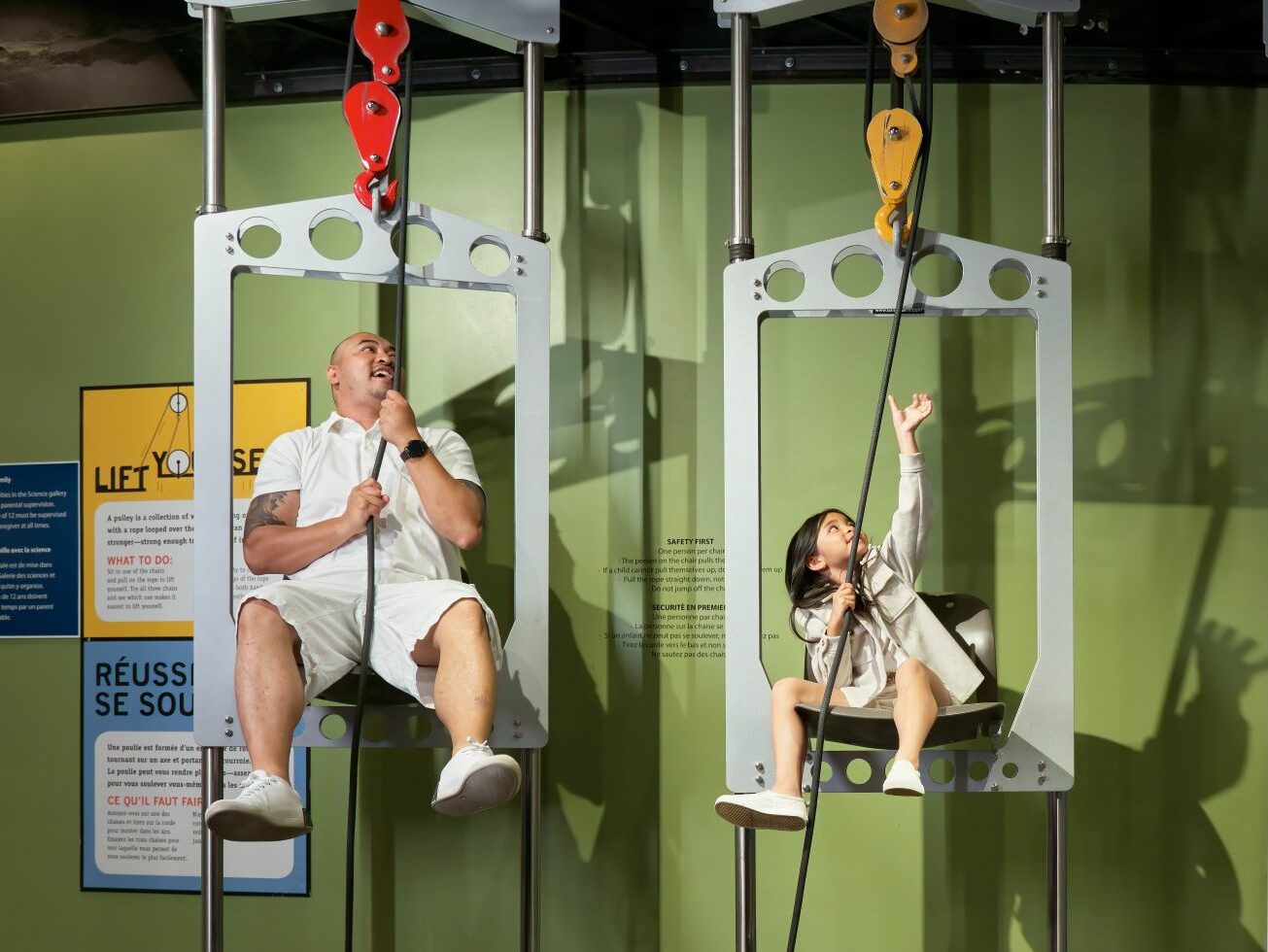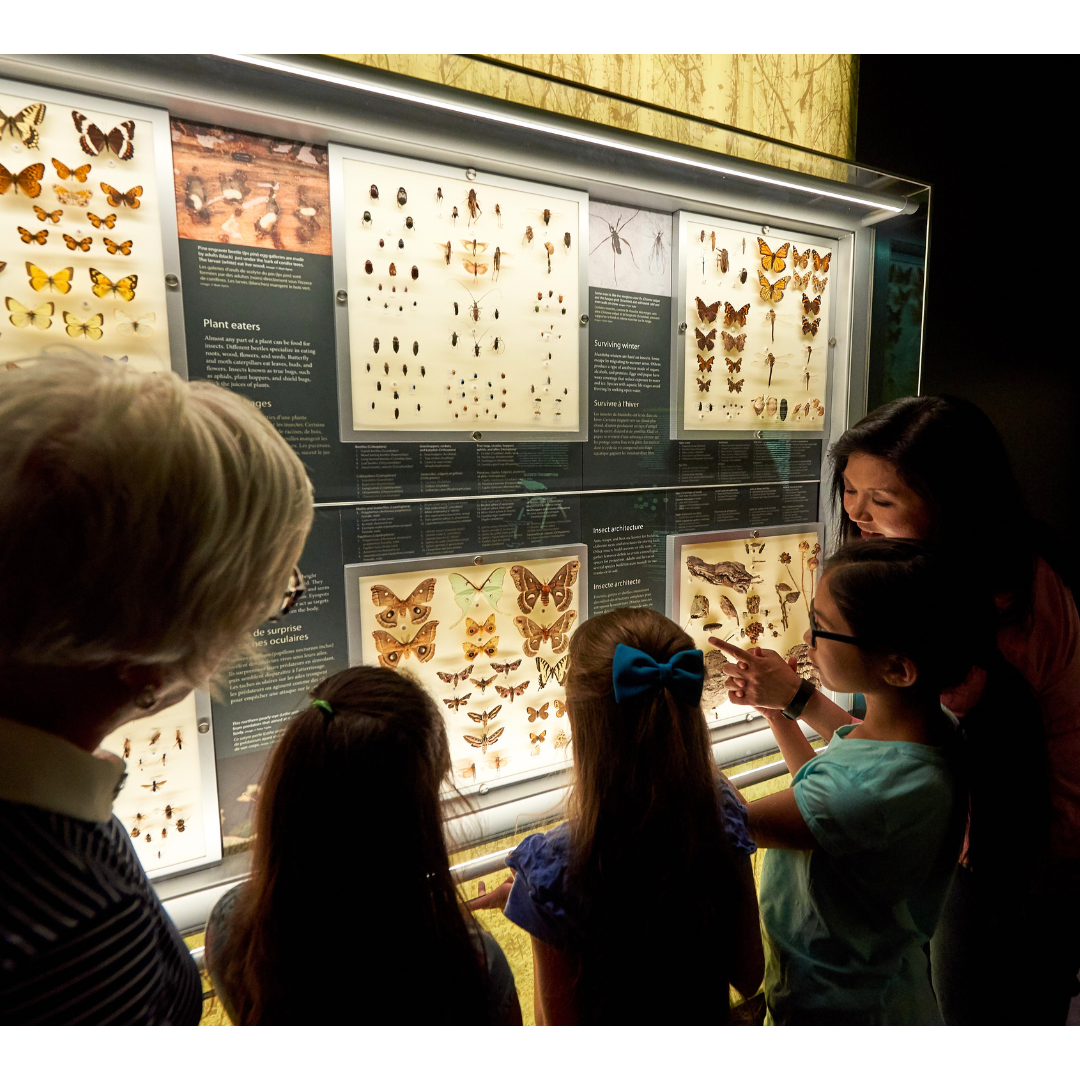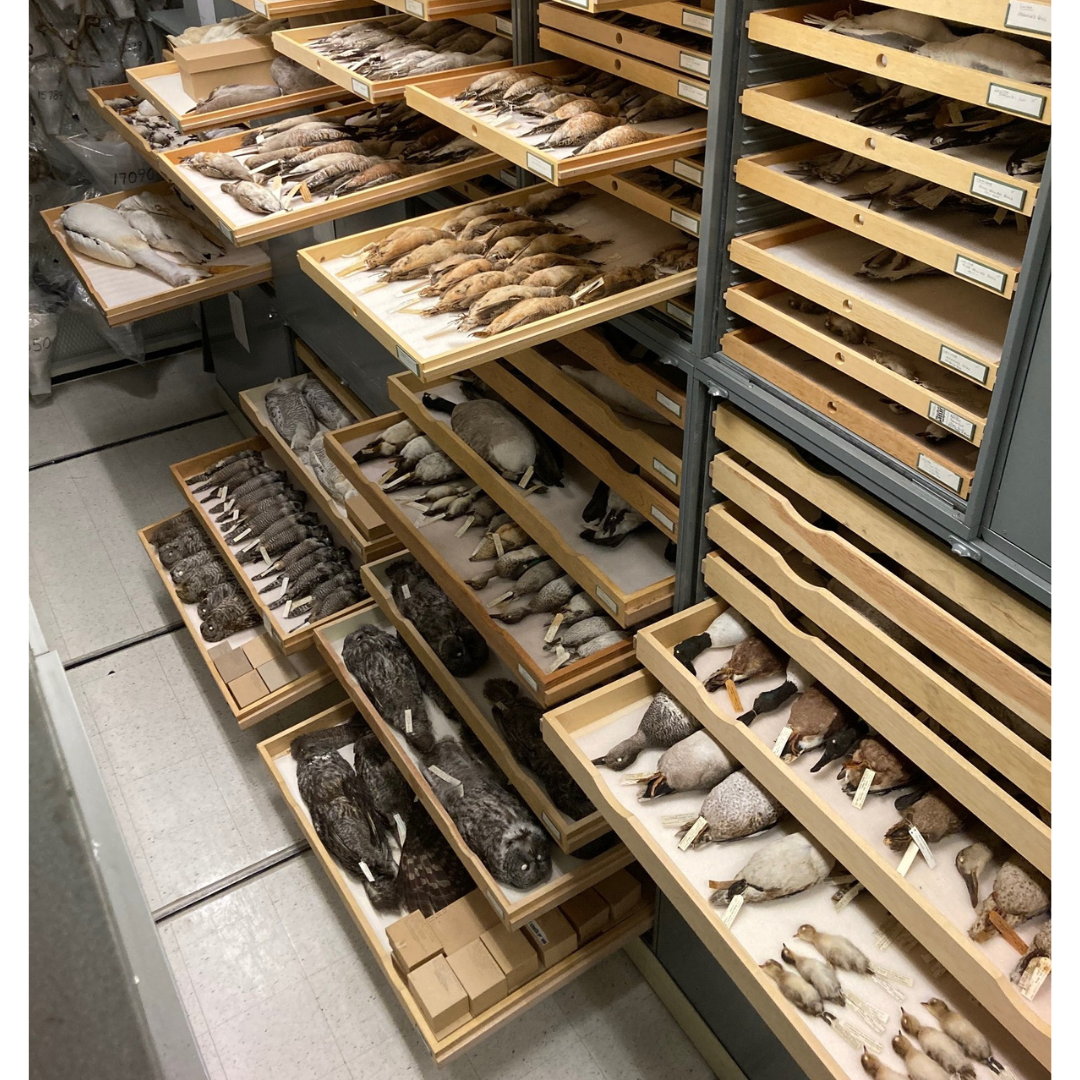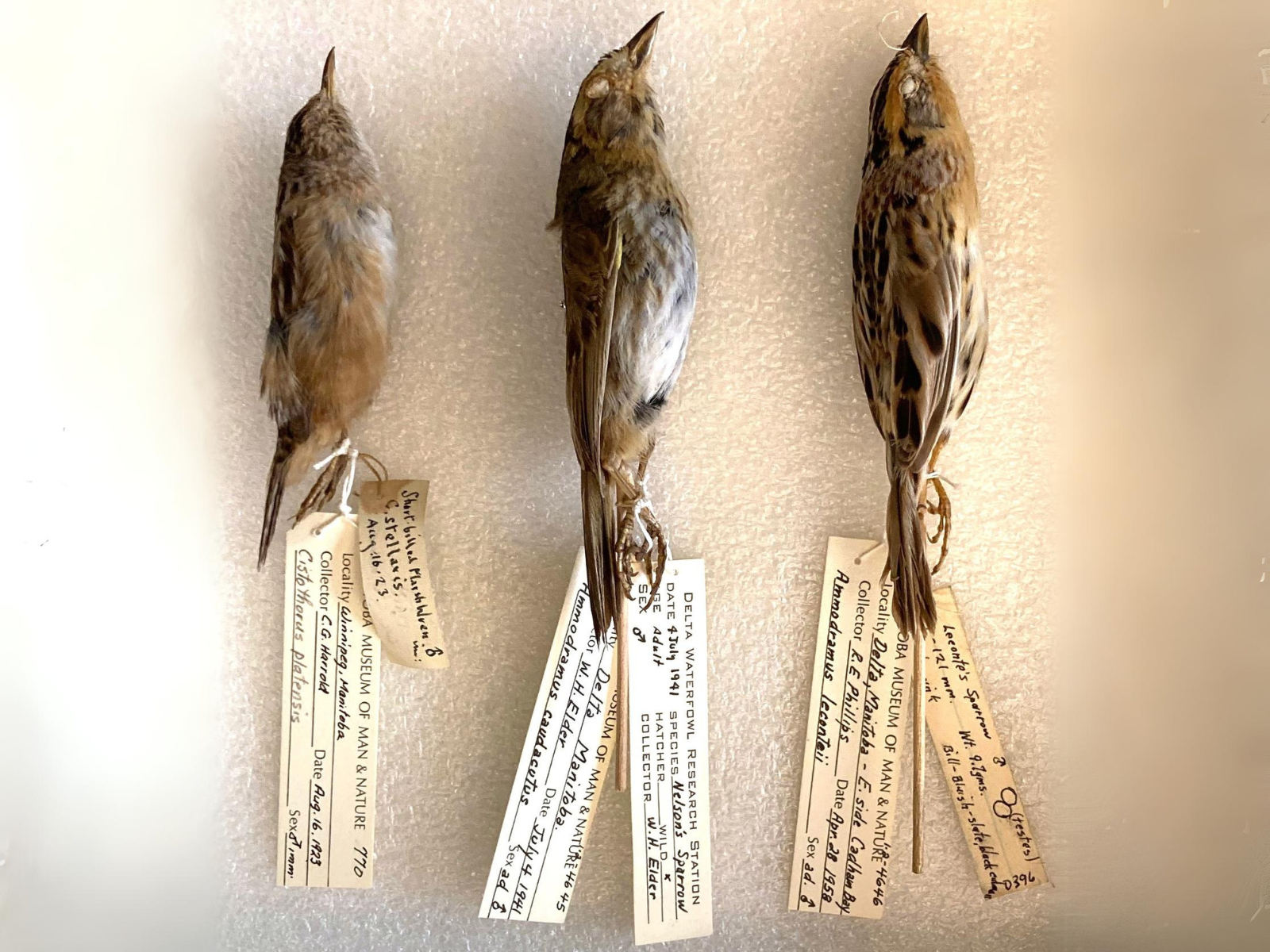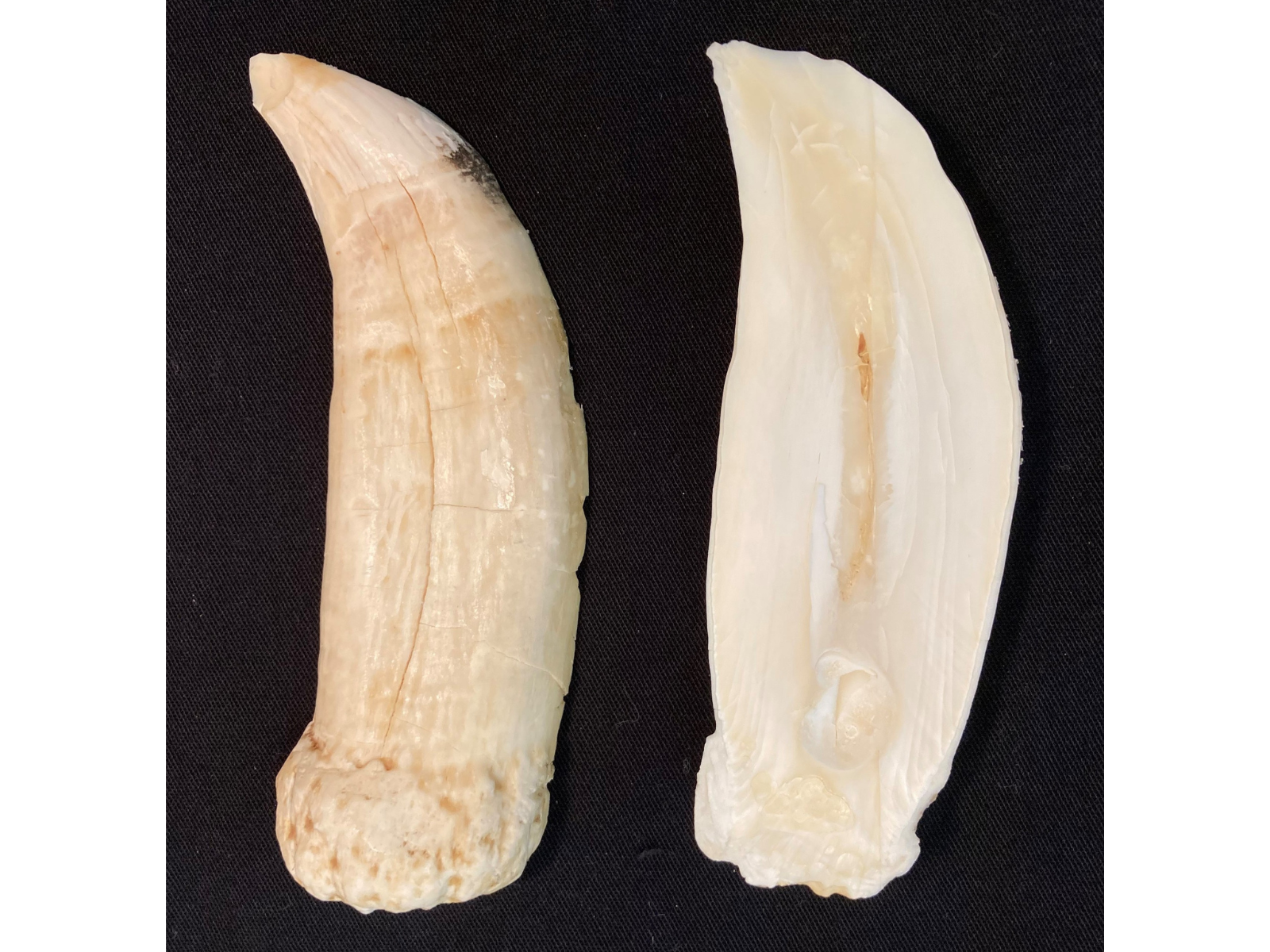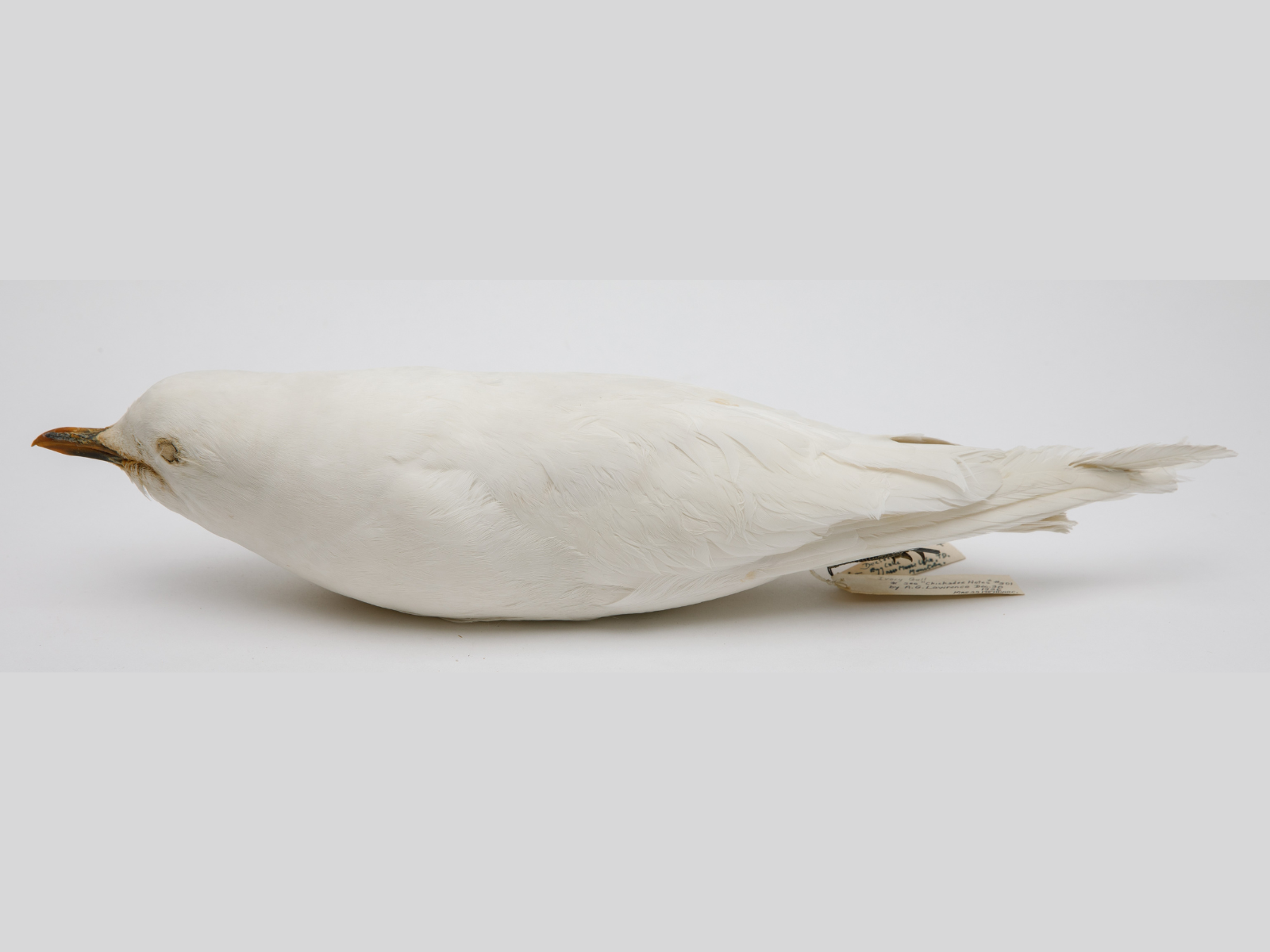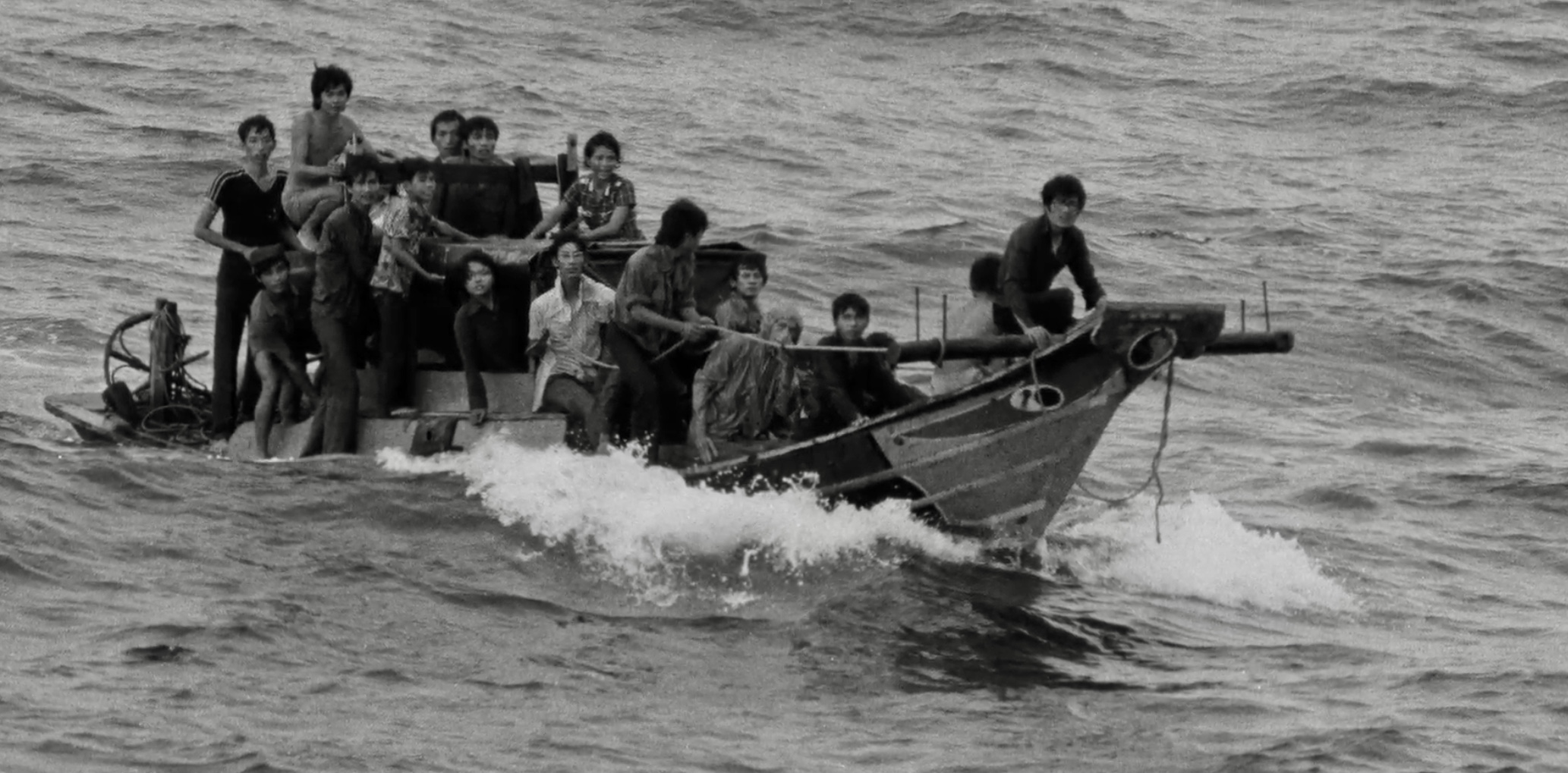(Winnipeg, MB: February 20, 2024) – The Manitoba Museum will be hosting a documentary screening and panel discussion on Friday, March 1 at 7:00 pm for the documentary Passage to Freedom.
Passage to Freedom features the powerful oral histories of Southeast Asian refugees who made dangerous journeys from Vietnam, Laos, and Cambodia to Canada between 1975 and 1985. The film weaves archival clips of news stories, wartime footage, and interviews with former refugees and Canadian immigration officials. It delves into refugees’ integration into the fabric of Canadian life and highlights the contributions of the first generation and their descendants. Please be advised that this film addresses topics which could be disturbing to some visitors, or may trigger painful memories.
“The documentary film is a testament of the resilience of those who have been forced to find a path from violence and displacement to resettlement and integration in a new homeland. Their cultural and economic legacy is an invaluable contribution to Canada.” – Dr. Stephanie P. Stobbe, Researcher and Curator of Hearts of Freedom Exhibition, and Professor at Canadian Mennonite University.
The documentary is part of the pop-up exhibition, Hearts of Freedom: Stories of Southeast Asian Refugees, which is on display in the Museum’s Festival Hall until April 7, 2024.
The evening will take place in the Manitoba Museum’s Auditorium with opening remarks by Senator Marilou McPhedran at 7:00 pm, followed by a screening of Passage to Freedom (50 minutes). A panel discussion and Q&A session will follow.
Panelists:
- Sheila Petzold – Passage to Freedom producer
- Stephanie Phetsamay Stobbe – Hearts of Freedom researcher, former Lao refugee
- Mondy Lim – Hearts of Freedom website and digital exhibit designer, former Cambodian refugee
- Tam Nguyen – Hearts of Freedom interviewee, former Vietnamese refugee
- John Wieler – Hearts of Freedom interviewee, former MCC Canada representative
This event is part of the Manitoba Museum’s monthly First Friday programming, during which visitors can explore the Museum’s three core attractions – the Museum Galleries, Planetarium, and Science Gallery – at no cost on the First Friday of every month from 4 pm to 9 pm. No tickets are required.


